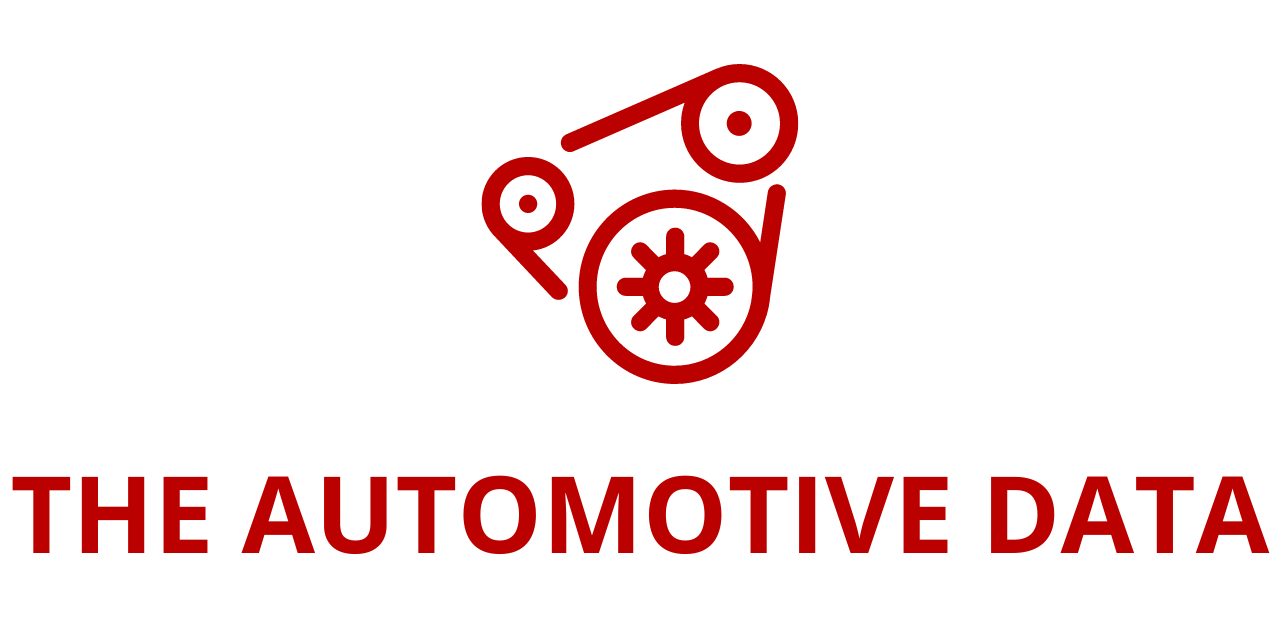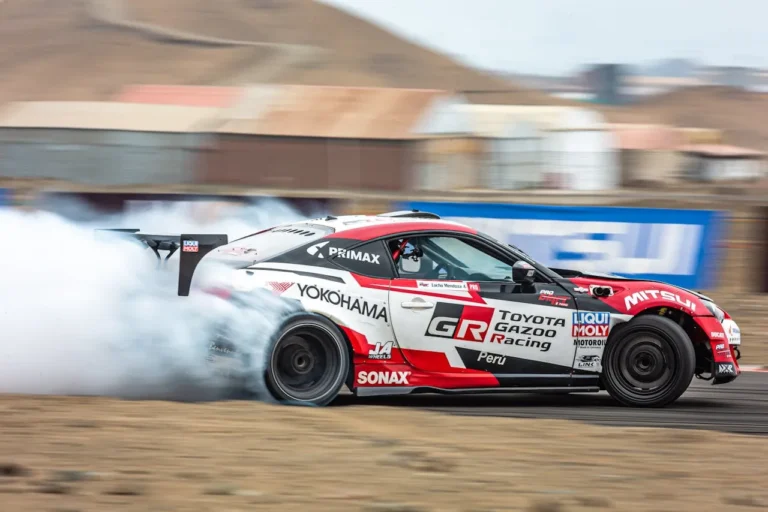
Nonstandard Auto Insurers Extend Strong Performance Into Early 2025, AM Best Reports
The U.S. private passenger nonstandard auto insurance market has continued its upward trajectory through the first half of 2025, sustaining the positive turnaround that began in 2024. According to a newly released Best’s Market Segment Report from AM Best titled “Nonstandard Auto: Major Improvements Following Weak Results Expected to Persist,” the segment posted net underwriting income of $65 million in the first six months of 2025—nearly four times the amount recorded during the same period last year. The data reinforces an ongoing story of recovery and renewed financial strength for insurers operating in one of the most challenging segments of the auto insurance landscape.
A Remarkable Turnaround From Years of Losses
To appreciate the significance of the latest numbers, AM Best highlights how far the market has come. Nonstandard auto insurers—a group that traditionally serves drivers with higher-risk profiles—closed out 2024 with $177 million in net underwriting income, marking a sharp reversal from the preceding three years, during which underwriting losses exceeded $2.5 billion.
The segment’s combined ratio—a key measure of underwriting profitability—illustrates this improvement even more clearly. After reaching 98.0 for full-year 2024, the combined ratio further improved to 96.6 in the first half of 2025. Any combined ratio under 100 indicates an underwriting profit, showing that insurers are managing risks more effectively and achieving better control over claims costs.
AM Best associate analyst Alexander Winant noted that the second half of 2024 delivered a surge in profitability far above the segment’s historical norms. From just $17 million in underwriting income through mid-2024, insurers multiplied that figure tenfold by year’s end. While Winant cautioned that such dramatic second-half acceleration is unlikely to repeat in 2025, he emphasized that the favorable first-half 2025 results strongly indicate another profitable year ahead.
According to Winant, the segment’s renewed health is due to several interlocking strategies:
- More disciplined risk selection
- Enhanced underwriting initiatives
- Stronger emphasis on price adequacy—raising rates appropriate to escalating losses
These strategies are beginning to “take further hold,” providing a stronger financial foundation for insurers who have long faced volatility due to the nature of their customer base.
Premium Growth Slows, But Overall Volume Reaches Record Levels
The nonstandard auto market has seen substantial growth in direct premiums written (DPW) over the past several years. Much of this growth has been driven by the need to counteract rising loss costs—particularly those linked to higher severity claims in both liability and auto physical damage lines.
In 2024, the industry saw unusually steep premium increases, with DPW rising 27.6% in Q1 and 24.9% in Q2 compared to the same periods in 2023. For 2025, the rate of increase has moderated significantly:
- Q1 2025: +10.5%
- Q2 2025: +3.8%
While these percentages represent a slowdown, total premium volume continues to climb. In fact, the composite reached a new quarterly record of $7.7 billion, following the segment’s first-ever crossing of the $7 billion mark in early 2024. The sustained increase in total premium volume suggests that even modest rate hikes are producing significant revenue gains due to the segment’s broadening customer base and improved retention efforts.
Premium Adequacy Improves as Claims Costs Rise
A central theme of AM Best’s analysis is the delicate balance between premium adequacy and claims inflation. According to David Blades, AM Best’s associate director of Industry Research and Analytics, insurers appear to be successfully managing that balance.
“The improved combined and loss ratios suggest insurers have raised premiums enough to better offset claim costs,” Blades said. However, he added that further modest price increases may still be necessary in the near term. A variety of pressures continue to push claims costs upward, including:
1. Rising Auto Physical Damage Costs
Modern vehicles increasingly rely on advanced electronics, sensors, and integrated technology. The cost to repair or replace these components has soared, significantly driving up physical damage claim severity.
2. Elevated Liability Claims
Greater attorney involvement is increasing the complexity and cost of liability claims. Litigation trends and social inflation have made liability losses less predictable and more expensive.
3. Tariff Uncertainty
New or anticipated tariff changes may disrupt automotive parts markets, adding further unpredictability to repair and replacement costs.
Blades stressed that in this environment, maintaining rate adequacy is essential for nonstandard auto insurers—not only to protect margins but also to sustain long-term stability.
Structural Challenges Remain in the Nonstandard Auto Segment
While the segment’s recent performance gains are encouraging, the report underscores that nonstandard auto insurance remains structurally more challenging than standard auto insurance. Historically, this market has struggled with less favorable underwriting results because it insures drivers considered to carry higher risk.
Additionally, the segment consistently records a higher underwriting expense ratio, typically several points above the standard auto composite. This is largely due to the transactional nature of nonstandard business, which frequently involves:
- Policy cancellations and reinstatements
- Issuance delays due to missing documentation
- More intensive due diligence requirements
- Higher customer service loads
These operational realities make efficiency harder to achieve and require insurers to maintain robust administrative processes.
Scale: The Decisive Factor for Nonstandard Insurers
According to AM Best, achieving scale is one of the most important determinants of long-term success for nonstandard auto carriers. As Blades explained, larger insurers can spread fixed costs across wider premium bases, enabling them to absorb fluctuations in claims severity and customer behavior more effectively.
Smaller carriers often face disadvantages such as:
- Higher unit costs
- Less ability to invest in advanced technology
- Weaker negotiating positions with agents and vendors
However, the industry has undergone notable consolidation in recent years, with many smaller nonstandard insurers being acquired by national carriers. These acquisitions have enabled formerly smaller carriers to benefit from the operational scale and efficiency of larger organizations, helping level the playing field across the industry.
Outlook for 2025: Strength Expected to Continue
While AM Best is cautious not to predict a dramatic surge in second-half profitability similar to 2024, the indicators point toward a solid and sustained financial performance for the remainder of 2025. Enhanced pricing discipline, smarter risk selection, and improved operational efficiency all contribute to a more resilient industry landscape.
If insurers continue to maintain price adequacy and manage the evolving complexity of claims, the segment is well positioned to deliver another year of healthy underwriting income—something that would have seemed unlikely just two years ago when losses exceeded billions.
About AM Best
AM Best is a global credit rating agency and one of the most influential providers of insurance industry insights, financial data, and analytical resources. Operating in over 100 countries, the company maintains regional offices in key global markets including London, Amsterdam, Dubai, Hong Kong, Singapore, and Mexico City.
Source Link:https://www.businesswire.com/







